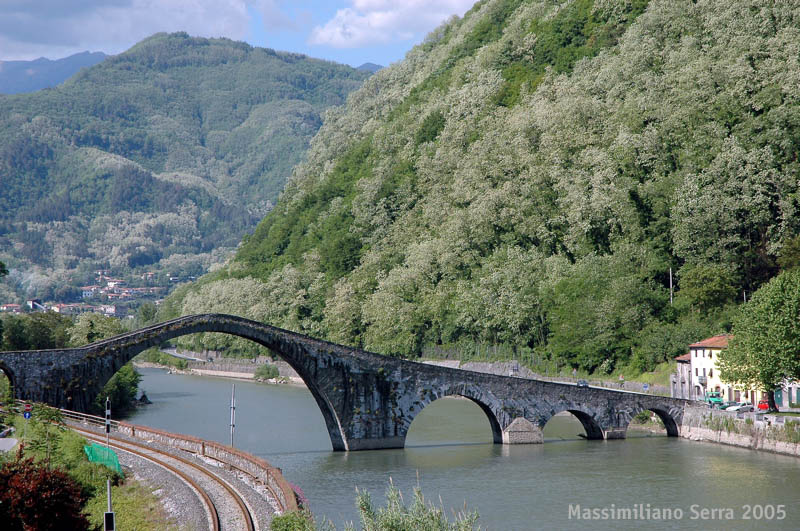since some months I’ve been reading stuff about the folklore of northern countries.
Unfortunatly I can find only few books written in italian, mainly tales books from iceland, norway and sweden, so some things I’ve read i’ve found them on the net.
It’s a really interesting argument, i found a lot informations already passivly known through vintersorg or maybe more through otyg’s lyrics, I read about beings like vättar, myrdingar, älvor, älver, hulder, bäckahästen, näcken, nisse, troll, mossfolk, jättar, rå, draugen, irrbloss, mara and so on….
The most interesting thing is that some figures are present in folklores of also other coutries, of course with other names, but the characters and their features are still the same, so it’s really impressive how such different and distant cultures (in time and space) have generated similar toughts about world and nature.
The most clearing example that comes to my mind in this moment is the Mara. It can be found in nearly all cultures, first of all in ancients times as the Incubus. it can be found also in germany, I think is called Alp (so nighmare is called alptraum) .
The mara rides the breast of the sleeping person creating her/him difficulties to breath, nightmares, sleep paralisis and pavor nocturnus.
We do also have this figure in my region, I don’t know if also in any other of italy, but here it’s called the “LINCHETTO” (no chance I’m able to translate the meaning). The linchetto enters from the keyhole and makes a lot of tricks to the person who sleeps, including those already written, and also as the mara makes braids to domestic animals’ hair, like cows and horses.
It seems that also the english-speaking countries should have a such spiteful spirit, cause the word “ mare” appears in the composed word Night-mare.
So alp-traum for german, night-mare for england, mar-dröm (or marritt) for sweden, mar-tröð for iceland, and Incubo for italy (which is the only one term which doesn’t refer to the the ride or dream thing, but it’s linked with the old term Incubus)
It would be nice to know more about scandinavian folklore from people who lives there, and also about the folklore of the land of all of you….
Unfortunatly I can find only few books written in italian, mainly tales books from iceland, norway and sweden, so some things I’ve read i’ve found them on the net.
It’s a really interesting argument, i found a lot informations already passivly known through vintersorg or maybe more through otyg’s lyrics, I read about beings like vättar, myrdingar, älvor, älver, hulder, bäckahästen, näcken, nisse, troll, mossfolk, jättar, rå, draugen, irrbloss, mara and so on….
The most interesting thing is that some figures are present in folklores of also other coutries, of course with other names, but the characters and their features are still the same, so it’s really impressive how such different and distant cultures (in time and space) have generated similar toughts about world and nature.
The most clearing example that comes to my mind in this moment is the Mara. It can be found in nearly all cultures, first of all in ancients times as the Incubus. it can be found also in germany, I think is called Alp (so nighmare is called alptraum) .
The mara rides the breast of the sleeping person creating her/him difficulties to breath, nightmares, sleep paralisis and pavor nocturnus.
We do also have this figure in my region, I don’t know if also in any other of italy, but here it’s called the “LINCHETTO” (no chance I’m able to translate the meaning). The linchetto enters from the keyhole and makes a lot of tricks to the person who sleeps, including those already written, and also as the mara makes braids to domestic animals’ hair, like cows and horses.
It seems that also the english-speaking countries should have a such spiteful spirit, cause the word “ mare” appears in the composed word Night-mare.
So alp-traum for german, night-mare for england, mar-dröm (or marritt) for sweden, mar-tröð for iceland, and Incubo for italy (which is the only one term which doesn’t refer to the the ride or dream thing, but it’s linked with the old term Incubus)
It would be nice to know more about scandinavian folklore from people who lives there, and also about the folklore of the land of all of you….











